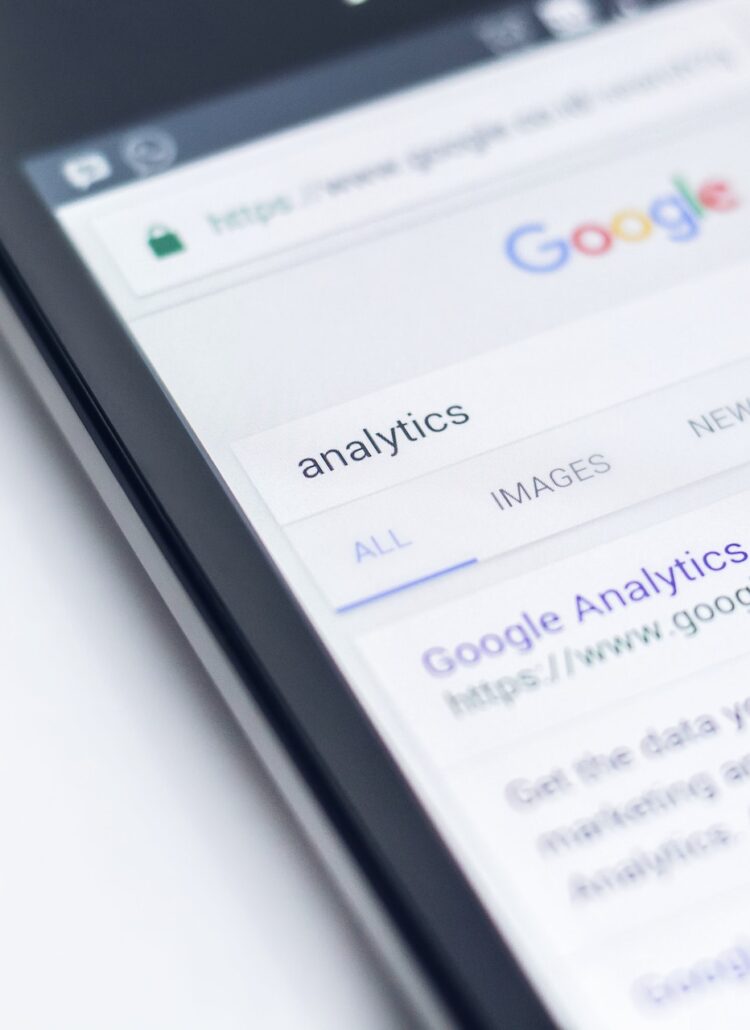
In the world of digital PR relevancy is everything. We asked Freelance Digital PR Manager Jennifer Jordan, of Jennifer Jordan PR, how PRs can achieve maximum relevancy.
Why is relevancy so important for digital PRs?
Relevancy is key when ideating for campaigns as you have to consider the area in which you’d like to build your client’s authority, alongside factoring in where their potential client base is. If your content campaign idea is focused on a completely different industry to your client, with not even a wider industry connection (for example, leisure or technology) then you’re missing a big opportunity to build authority in this area.
From a Google perspective, search engines use relevancy of links and content when it comes to understanding a website – therefore, it plays a big role in ranking factors. If the content and links are aligned with the website offering, then there’s a greater chance of your client being seen by their target audience. If your client wishes to rank for certain topics or keywords, this can be your starting point.
What tips and tricks would you recommend for relevancy in campaigns?
Firstly, I look at our target publications and what content they cover, as this can be a good indicator that we are on the right track with our campaign ideas. If your client’s dream publication is Ideal Home, spend some time researching the type of home related coverage they prefer to take – is it future or current trend pieces? Or lists based on data?
It’s vital to consider the target demographic of your content campaign as it also needs to be relevant to them. Ask yourself if your target audience will find this piece of content useful or interesting.
I’m a big fan of creating mind maps when ideating for campaigns. This means that you can start with the client industry (or industries if they cover multiple) in the centre of your thought process, and work outwards with your ideas, in order to visually keep yourself on track with relevancy. If you’re straying too far away from the client niche or industry, you can go back to the starting point and take another look.
Finally, keeping up with the current newscycle is imperative for keeping proactive and reactive campaigns relevant. Pitching a campaign about dealing with hayfever symptoms at the end of August when the health journalists have moved on to more autumnal topics will be a waste of your time. You could focus your time on newsjacking current trending issues if your client has expertise in the area being discussed in order to provide industry opinion and gain further authority.
How can PRs draw a line between a related topic and irrelevant topic?
Simply put, just because the topic is related to your client industry, it may not mean that it is a relevant campaign to their brand and their objectives. For example, a homeware client would be great for home related campaigns, however they probably should not provide advice on checking your boiler or guttering!
How can PRs better communicate to brands the balance between topical PR campaigns and keeping them on-brand?
Journalists will seek experts in the actual field for their articles in order to preserve accuracy and authority on the subject they are writing about. Pitching a fashion brand spokesperson as an expert on sleep to a journalist will not be considered and you can ultimately risk tarnishing the client’s reputation, and even your relationship with journalists.
How can brands be clearer with PRs on how to identify relevant brand audiences?
Ask if your freelancer or digital PR agency is available for an onboarding call or if they have a discovery document in place already to help them learn more about the brand before tackling any work. This sets out expectations early on and showcases brand objectives, messaging and dream publications. Sharing customer demographics data is also a big help when identifying an audience and will signal where the audience is likely to be online and what content they may be seeking.
What other advice do you have for PRs?
I’d always recommend doing some thorough competitor research analysis to discover what campaigns are already being done in the similar industry to your client, and where they are gaining coverage. Use this to inform your strategy and target the same publications, and look at titles where key players in the industry are getting links and where your clients currently are not featured. This should also assist with campaign relevancy.
If you’re interested in reading more, take a look at the content and digital PR sections.

Jennifer Jordan
DIGITAL PR MANAGER
Jennifer has worked at top agencies for 8+ years in the North East of England. As a freelancer she provides SEO content writing and digital PR services to brands.





Leave a Reply